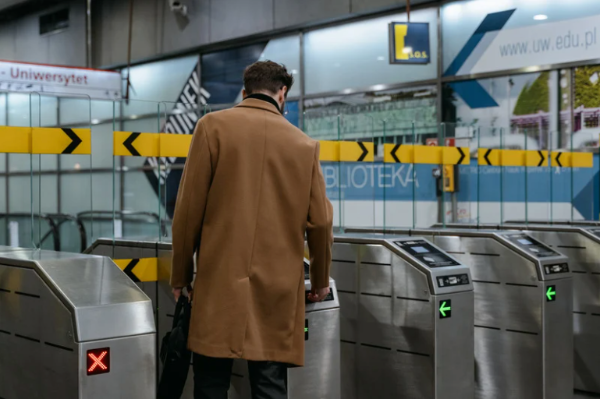Turnstile control access systems are essential for managing the flow of people in high-traffic areas while ensuring security and efficiency. Whether you're installing them in office buildings, stadiums, or public transportation hubs, proper installation is key to maximizing their functionality. In this article, we’ll provide a step-by-step guide to installing turnstile control access systems and share tips to ensure a seamless process.

Why Install a Turnstile Control Access System?
Turnstile systems are widely used for
- Enhanced Security: Restrict unauthorized access to restricted areas.
- Crowd Management: Control the flow of people in busy environments.
- Data Collection: Track entry and exit times for attendance or analytics.
- Cost-Effectiveness: Reduce the need for manual security personnel.
Step-by-Step Guide to Installing Turnstile Control Access Systems
1. Assess Your Needs
Before installation, determine the purpose of the turnstile system. Consider
- The volume of traffic.
- The level of security required.
- Integration with existing access control systems (e.g., card readers, biometric scanners).
2. Choose the Right Type of Turnstile
There are several types of turnstiles, including
- Tripod Turnstiles: Ideal for low to medium security areas.
- Full-Height Turnstiles: Best for high-security locations.
- Optical Turnstiles: Suitable for modern, touchless entry systems.
- Flap Barriers: Commonly used in airports and metro stations.
Select a turnstile that aligns with your security needs and aesthetic preferences.
3. Plan the Layout
- Space Requirements: Ensure there’s enough space for the turnstile and queuing areas.
- Foot Traffic Flow: Position the turnstile to optimize the natural flow of people.
- Emergency Exits: Ensure the installation doesn’t block emergency pathways.
4. Prepare the Installation Site
- Flooring: Ensure the floor is level and can support the turnstile’s weight.
- Power Supply: Confirm access to a reliable power source.
- Network Connectivity: For smart turnstiles, ensure a stable internet connection.
5. Install the Turnstile
- Follow the manufacturer’s instructions carefully.
- Secure the turnstile to the floor using bolts or anchors.
- Connect the turnstile to the power supply and access control system.
6. Integrate with Access Control Systems
- Connect the turnstile to card readers, biometric scanners, or ticketing systems.
- Test the integration to ensure seamless operation.
7. Test the System
- Conduct thorough testing to ensure the turnstile operates smoothly.
- Check for any malfunctions or alignment issues.
8. Train Staff
- Educate security personnel and staff on how to operate and troubleshoot the system.
- Provide guidelines for handling emergencies or system failures.

Tips for a Successful Installation
- Hire Professionals: Work with experienced installers to avoid costly mistakes.
- Consider Future Expansion: Choose a scalable system that can accommodate future growth.
- Prioritize Maintenance: Regularly inspect and maintain the turnstile to ensure longevity.
- Comply with Regulations: Ensure the installation meets local safety and accessibility standards.
Benefits of a Well-Installed Turnstile System
- Improved security and access control.
- Efficient crowd management.
- Enhanced user experience with quick and seamless entry.
- Reduced operational costs over time.
Conclusion
Installing a turnstile control access system requires careful planning and execution. By following these steps and tips, you can ensure a successful installation that enhances security and efficiency in your facility management. Whether you’re managing a corporate office, a stadium, or a transportation hub, a well-installed turnstile system is an investment in safety and convenience.
